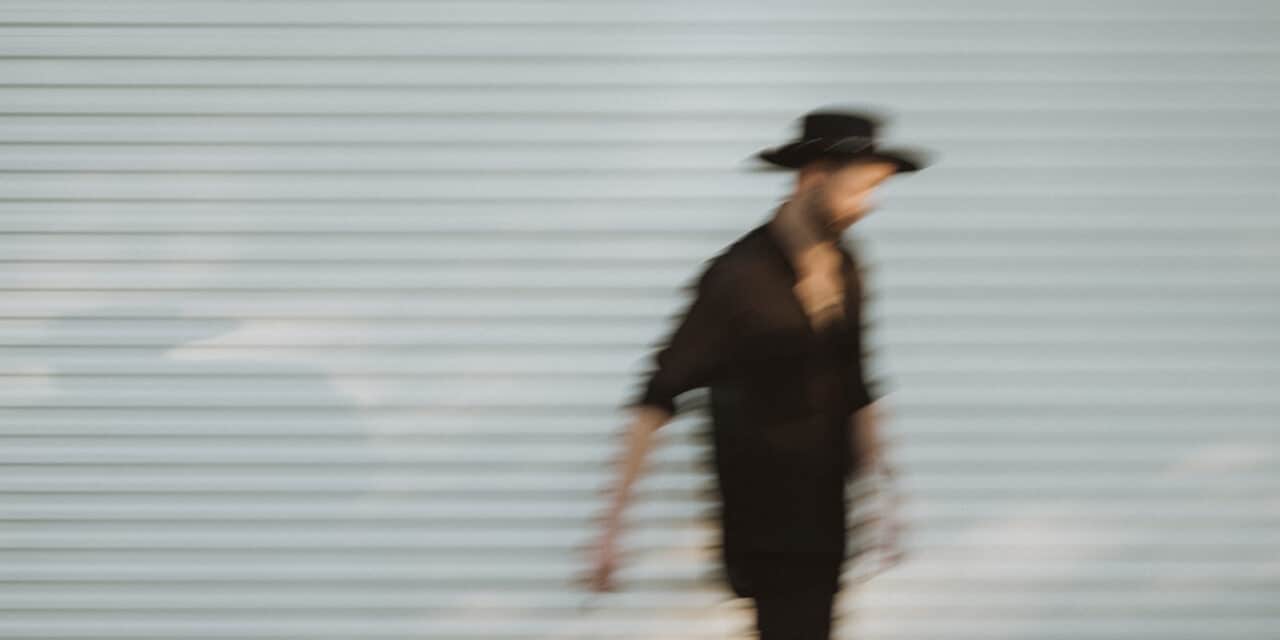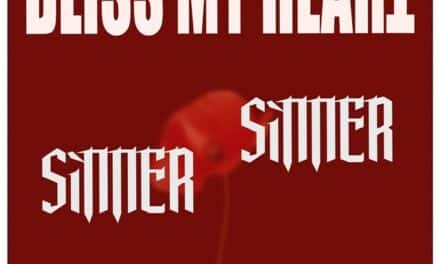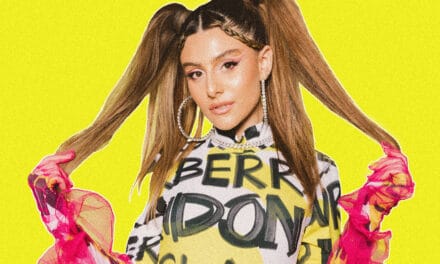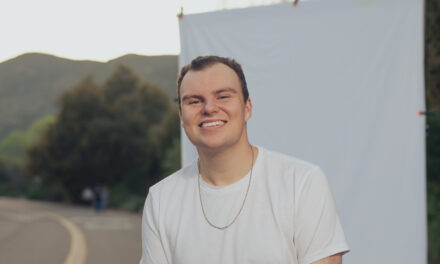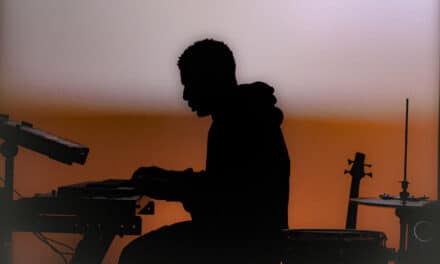In an era where electronic music is often distilled into faceless drops and oversized production, Monolink dares to take a different path. The Berlin-based singer, songwriter, and producer is carving out his own corner of the electronic landscape — one where intimacy and lyricism carry as much weight as rhythm and bass. His new album, The Beauty Of It All (out September 25), is his most personal work yet, an album that bridges the hushed tenderness of a folk ballad with the euphoric pulse of a festival dancefloor.
Monolink’s gift is singular: approaching electronic music as a storyteller first. Drawing inspiration from the poetic lineage of Bob Dylan and Leonard Cohen, he weaves confessional lyricism through hypnotic beats and live instrumentation. The result is music that feels timeless — not just designed for the moment of the drop, but for the memory that lingers long after the lights go out.
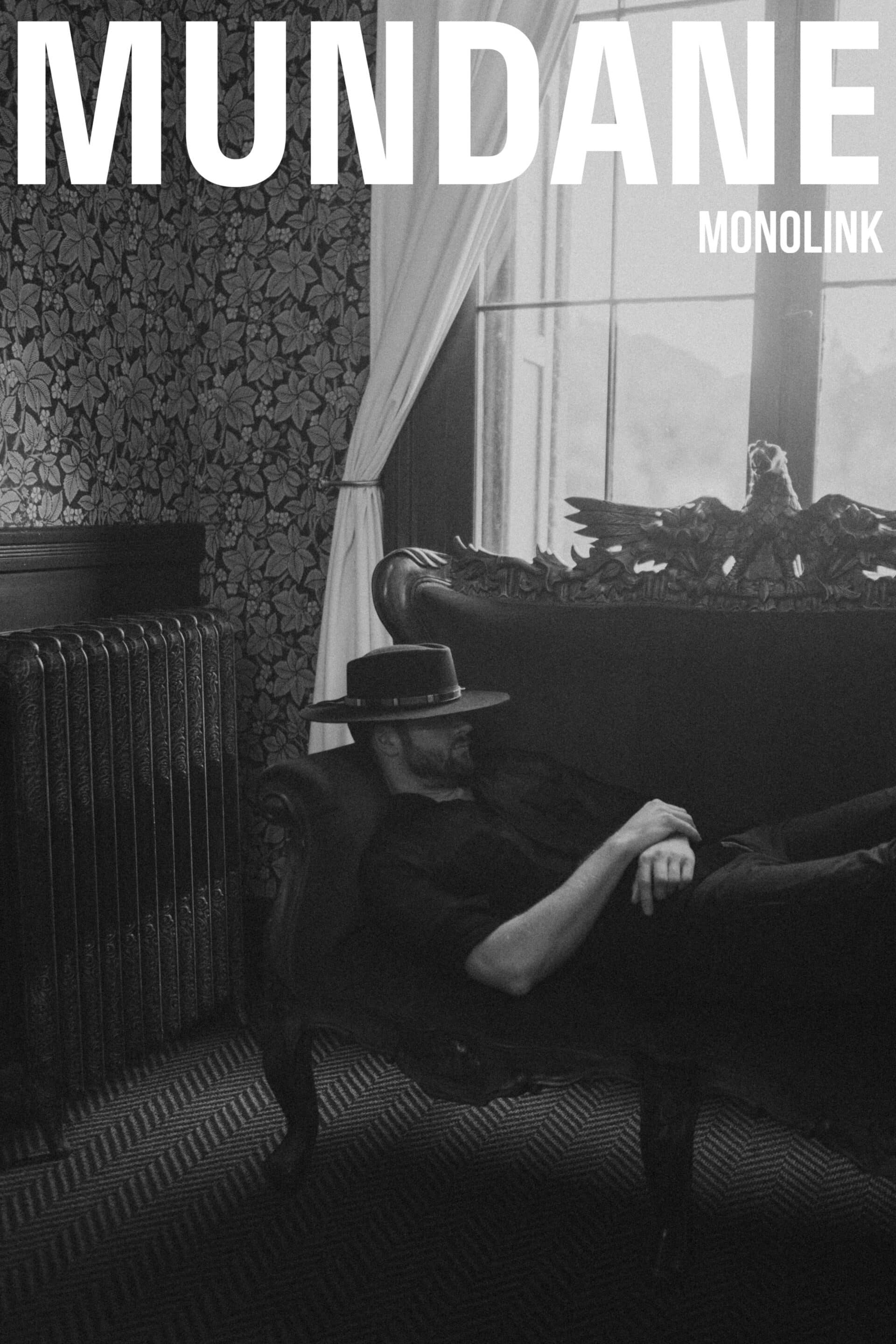
Tracks like “Powerful Play” and “Avalanche” have already received stunning visual treatments, expanding the album’s themes into cinematic worlds. The videos mirror the songs’ emotional cores — expansive, vulnerable, and striking — inviting listeners deeper into the narrative web of The Beauty Of It All. This interplay between sound and image underscores Monolink’s vision: electronic music doesn’t need to sacrifice meaning for momentum.
Live, the vision becomes even more visceral. Monolink’s shows are less DJ set, more ritual — him singing and playing guitar in real time, his human presence counterpointing the pulse of machines. Whether on the balcony of Berlin’s Holzmarkt (where he’ll perform a livestreamed set on September 26) or under the desert skies of Burning Man, Monolink crafts a space where intimacy and euphoria coexist. His recent appearance at Cercle Odyssey in Paris further cemented his reputation as an artist who can transform vast stages into deeply personal experiences.
The Beauty Of It All is both vulnerable and expansive, built like a journey: moments of quiet reflection blooming into collective catharsis. It is proof that electronic music can carry storytelling, resonance, and timelessness without losing its power to move bodies in unison. For Monolink, meaning and groove are not at odds — they are the same current, flowing in harmony.
With this album, Monolink isn’t just releasing new music. He’s offering a blueprint for what the future of electronic music could be: lyrical, human, and unafraid of beauty.
The Beauty Of It All feels like it redraws the map of what electronic music can hold—folk intimacy, lyrical storytelling, and dancefloor catharsis. When you were writing it, did you ever feel torn between these worlds, or have you always seen them as one?
To me the combination of the two comes naturally and I rarely feel torn. It’s probably because I have spent so much of my life with both of them. Usually when I work on a folk inspired song, I’ll get to a point where I feel it needs some electronic element to respond to it. And the other way around, if I have a dancefloor groove going I naturally wanna add melody and lyrics to it, to make it feel complete to me. There was a time when I thought the two worlds wouldn’t go together so well, but now that really is the sweet spot that excites me when making music.
You’ve cited artists like Bob Dylan and Leonard Cohen in how you approach lyricism. What does it mean to carry that kind of songwriter tradition into Berlin’s electronic scene, which is often more about the beat than the word?
I think there’s so much to learn from these old masters. And in fact electronic music has a lot in common with them. Many of these old folk songs don’t follow traditional pop music structures with verse, bridge and chorus, but are much more about the evolution of the story. Techno and House music work in a similar way, just the stories are not being told with words but with sounds. That was the first thing that really fascinated me when I got into electronic music. And luckily Berlin’s music scene is so versatile that people are really open towards new approaches.
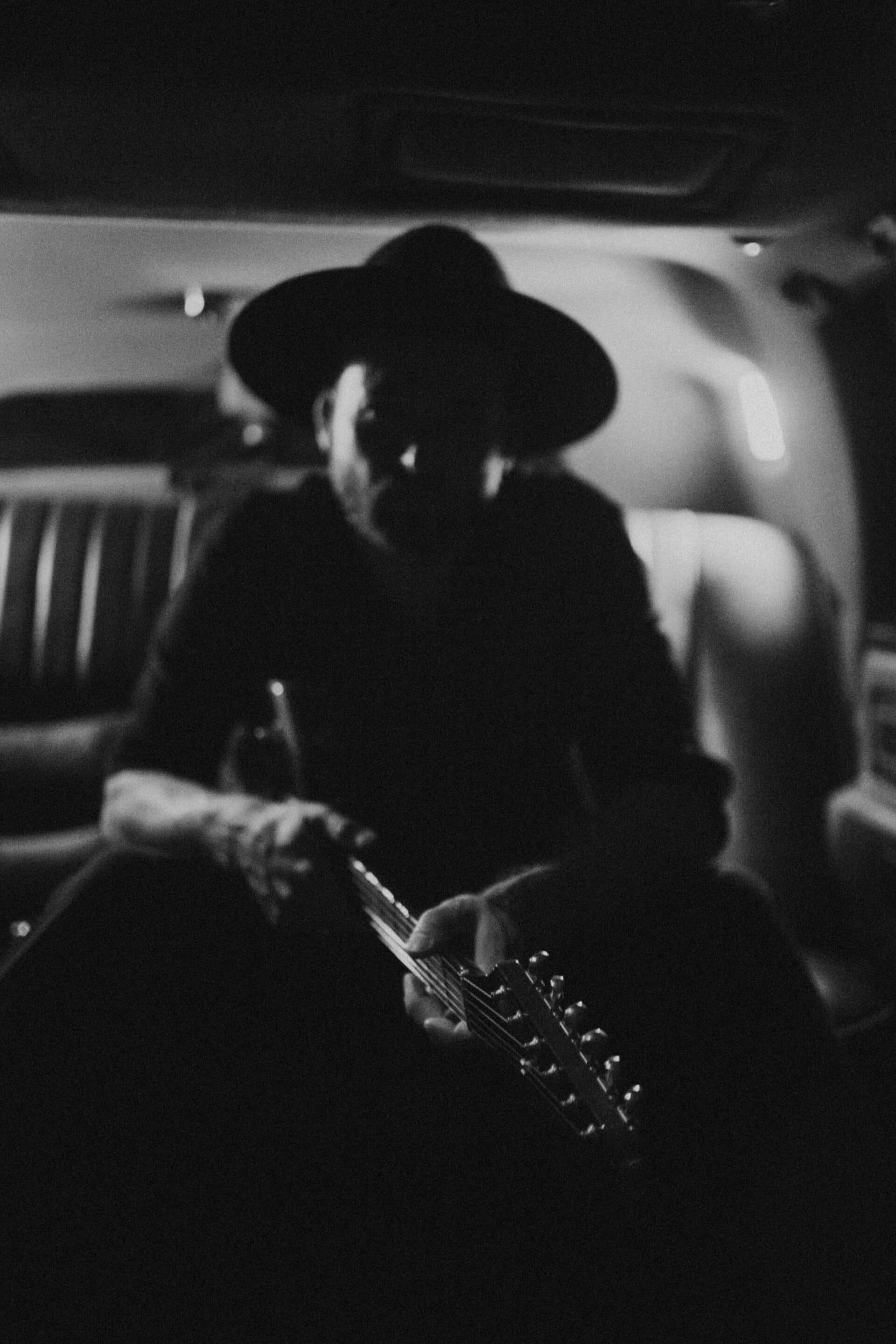
Many electronic records lean into anonymity, but you foreground your voice—literally and emotionally. Was that a conscious rebellion against the genre’s culture of faceless drops, or simply the most honest way you could write?
I love this question. A culture of faceless drops is certainly something I sometimes feel, especially in times when a lot of dance music tends to all sound the same due to popular splice sample packs, building bricks for sounds that anyone can just stack together. When I started working on this record I felt pretty tired and burned out from all the parties I’ve played and I wanted to reconnect with why I do what I do. Why I started doing this, and what it is that I love about music. I wanted to feel touched again by my own songs. I also started doing therapy about three years ago and got really amazed by the process and the depths of our emotional landscapes. I found a lot of inspiration there, and courage to express myself. Accepting and showing vulnerability is a beautiful thing and it opens a lot of doors I found.
The new album plays like a journey—moving between tenderness and euphoria. If The Beauty Of It All were a physical landscape, what would it look like?
Maybe a glowy morning haze over fields of frozen grass. Rocks and mountains in the distance that wait for you to climb them. To me it holds that feeling of leaving something behind and being excited about the new that is to come. The appreciation of all the beauty around.
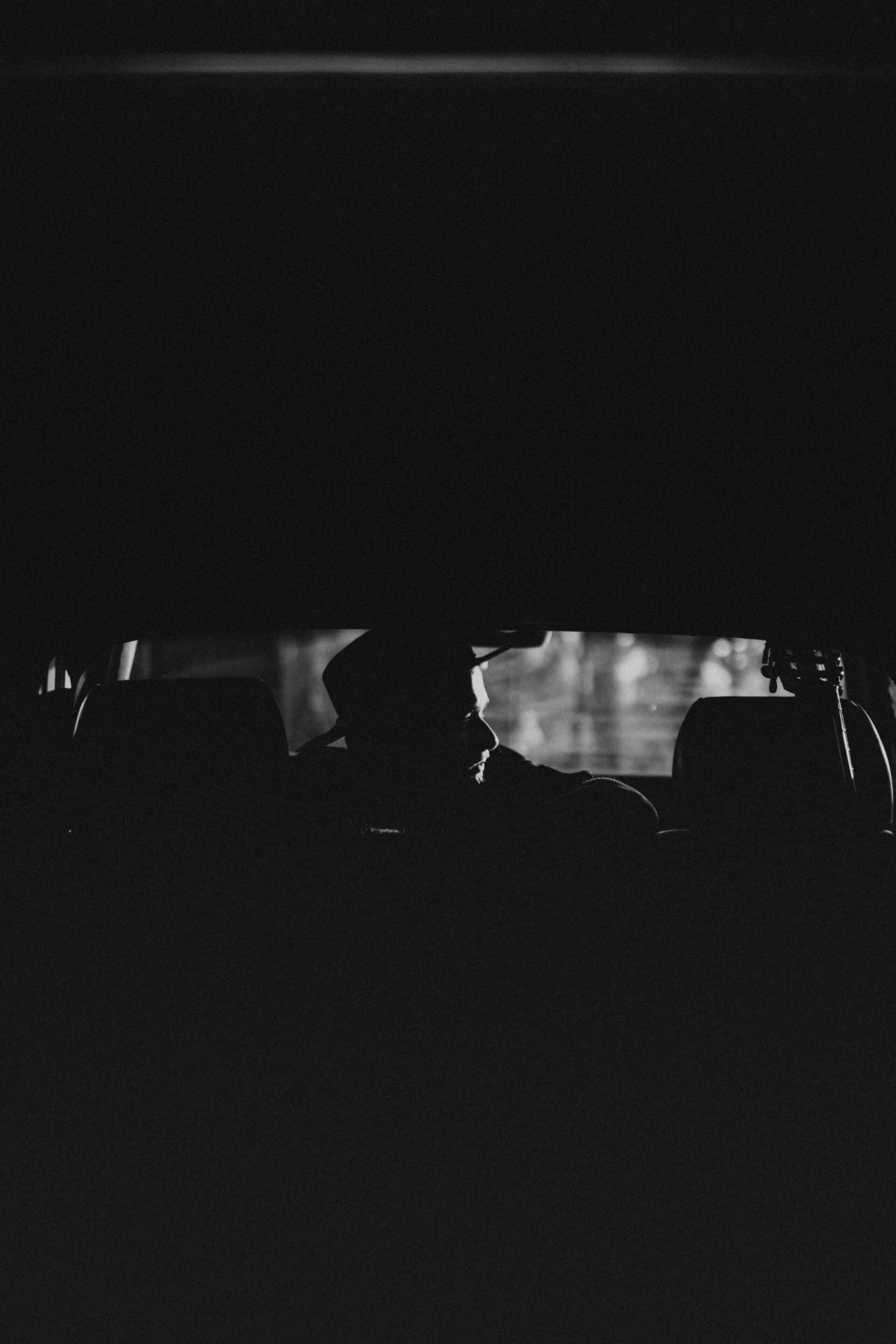
You’ve just performed in some wildly different contexts—Cercle Odyssey in Paris, Burning Man, Lightning In A Bottle. How does the emotional architecture of your music shift when it’s in front of a global festival crowd versus an intimate Berlin club?
I try to really be dynamic about it. My setup is structured in a way that I don’t have to stick to any pre planned set list, and I have lots of space and tools to improvise. So I’m really trying to make every concert unique, but obviously it’s also a lot about the energy that comes back from the people that can give me the confidence to go to new places with my music. At festivals like Burning Man or Lightning in a Bottle people are so far away from their everyday life, that these special moments happen easily. Also because I myself just love going to festivals as a guest. On the other hand Berlin always feels like home and there’s something unique about the vibe here that is hard to put into words. But maybe it also doesn’t matter so much, in the end I think we all go out to these events for the same reasons – to find emotional connection.
In tracks like “Powerful Play” and “Avalanche,” the visuals push your songs into a cinematic dimension. How do you approach translating something deeply internal, like a lyric, into a visual language?
I really love the format of music videos because they can put music into a completely different context and even enhance it. It’s its own form of art so I love to work with people who have an artistic approach and really give them all the freedom to express themselves. It’s always really interesting for me to see what part of a lyric speaks to a person, and how they interpret it. Oftentimes it’s very different from what I had in mind when I wrote it, but that’s really the beauty of it. Commercially it doesn’t seem to make a lot of sense to make music videos anymore, just like the album format seems to be dying out. But I still believe there’s infinite value in trying to create pieces of art that can stand the test of time.
Berlin’s scene has always been about pushing boundaries. How has the city itself shaped not just your sound, but your philosophy about what music can or should do?
Berlin is where I first fell in love with electronic music, and to me it remains one of the most musically progressive places in the world. I keep coming back to reconnect with the sounds that are born here. What makes Berlin unique is that its art and music scene still feels largely untouched by commercial pressures – most people create out of passion, not for success or recognition. That spirit of freedom and authenticity is what makes this city so inspiring to me.
There’s a strong undercurrent of vulnerability throughout this record—something that can feel rare in electronic music. Was it scary to let that softness live inside such expansive, pulsing textures?
I think part of what I loved about doing therapy is that it gives you the courage to show yourself to be vulnerable. And once you’re able to express and not hide your insecurities it gives you so much freedom. Especially for men in society it’s not something that usually comes naturally because of the way we’re taught growing up. That played a huge role in making this record and I tried to not let fear of what other people may think about this music get in the way of my own experience I had with it. I also realized that the records I emotionally relate to the most are deeply personal records. I appreciate every artist – and people in general – who are brave enough to open up about themselves.
When you stand on stage—guitar in hand, voice cutting through the rhythm—what’s the line between being a singer-songwriter and being a producer? Or do those roles collapse into one for you?
I think at that moment I’m also just a listener and a raver. I’m there with everyone else trying to create the soundtrack that I myself wanna hear. So it’s about finding that sweet spot between dancing, feeling and listening. And it’s always a challenge, but when it works everyone can feel it, and that’s the beauty of it.
Beyond The Beauty Of It All, what kind of world are you hoping to build for your listeners? Is it about escape, reflection, or maybe a little of both?
When I was still at school we went to an arts exhibition, and one piece that stuck with me was a plain empty frame set up in a seemingly random spot outside of the gallery. It turned everything into art you’d see through it, changing with every different angle. I loved that piece.
Appreciating the beauty that lies within and around us is something that we can all use an occasional reminder for I think, and I hope this record is a step in that direction.

